Hilma af Klint
Zoe Beloff
Anne Chu
Jay DeFeo
Emily Dickinson
Harrell Fletcher
Hamish Fulton
Rodney Graham
Susan Howe
Ricky Jay
Paul Lincoln
Allan McCollum & Matt Mullican
Matt Mullican
Max Neuhaus
Maria Nordman
Allen Ruppersberg
Paul Scheerbart
Michael Smith
Robert Walser
Eliot Weinberger
In addition to his one person exhibitions and installations at the gallery -- A Collection of
Letters in 1988; Personal Art in 1992 and Lines, Drawings, Book Pages, Games and a
Puzzle, in 2005 -- the gallery also organized such historical exhibitions as Los Angeles
1970-75 an exhibition exploring the early development of west coast conceptual art in which
Ruppersberg played a seminal role. The gallery continues to produce installations, multiples and
publications with Ruppersberg.
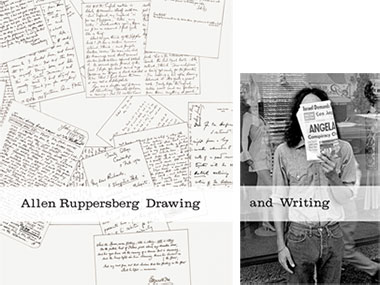
Allen Ruppersberg
Drawing
Hardcover
112 pages with 2 black and white and 53 color illustrations
Essay by Leslie Jones
and Writing
Paperback
128 pages with 20 black and white and 68 color illustrations
Essay by Bill Berkson
Allen Ruppersberg Drawing/and Writing is a two volume publication which explores the
complex relationship of drawing and writing in Ruppersberg's work. Drawing is an historical
survey of Ruppersberg early drawing works with an essay by Leslie Jones, curator of Prints and
Drawings at the Los Angeles County Museum of Art. And Writing, which includes an essay by
the poet Bill Berkson, presents Ruppersberg's drawings and other works as texts to be read, perhaps
the first publication of Allen Ruppersberg, author.
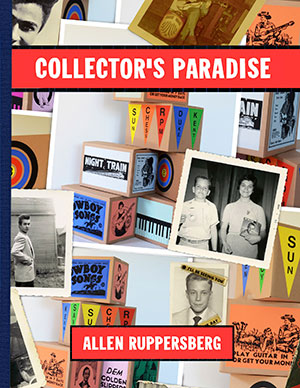
Allen Ruppersberg: Collector's Paradise, 2012
80 pages with 300 illustrations
Publication to accompany the exhibition:
Allen Ruppersberg: No Time Left to Start Again/The B and D of R 'n' R
The Art Institute of Chicago, September 21, 2012 - January 6, 2013
Wiels, Brussels, May 16 - August 17, 2014 (A special dust jacket produced by Wiels in a limited
edition of 300, includes essays by curators Devrim Bayar and Matthew S Witkovsky.)
Collector's Paradise is Allen Ruppersberg's unique narrative of the history of rock and
roll and a rich reflection on the history of popular American music. The product of years of combing
flea markets and yard sales in search of both the visual and recorded history of rock and roll, this
book traces R 'n' R back to the Minstrel days and American popular song post Civil War and includes
a chronological list of 1,500 key recordings and over 300 color illustrations of material all from
Ruppersberg's collection. Included in each book is one loose image, a reproduction of one of the
"pages" that Ruppersberg created from the material in his collection. There are a total of nine
created for this project with each book containing one of these nine images.
In his introductory essay, Ruppersberg talks about his own musical history and the urgency he feels
in creating this narrative of a common musical history before it is lost: "In some cases, if you
live long enough you begin to see the endings of the things in which you saw the beginnings. It
seems as if worlds disappear before your eyes and ears have a chance to take them in.... It seemed
to me at the beginning of this project that this was the last possible moment to be able to gather
any of this material in the manner I did and I am even more convinced now that I was right."
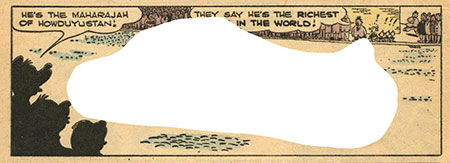
Little Trouble #1, 2010
Pigment print with cutout
15 ¼ x 42 inches
Edition of 10
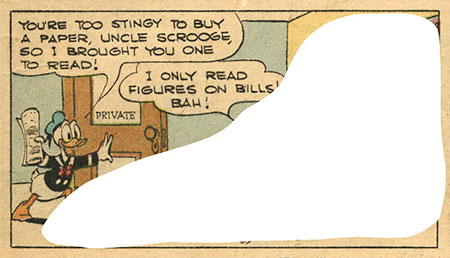
Little Trouble #2, 2010
Pigment print with cutout
16 x 28 inches
Edition of 10
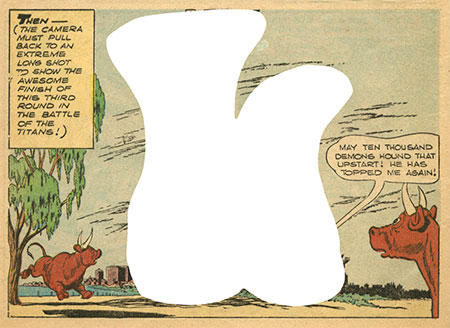
Little Trouble #3, 2010
Pigment print with cutout
22 ½ x 31 inches
Edition of 10
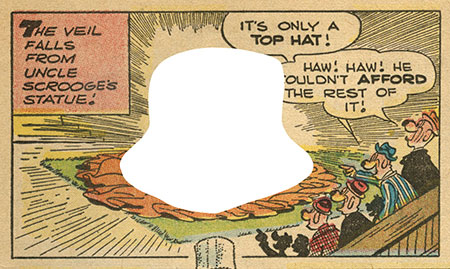
Little Trouble #4, 2010
Pigment print with cutout
16 ¾ x 28 inches
Edition of 10
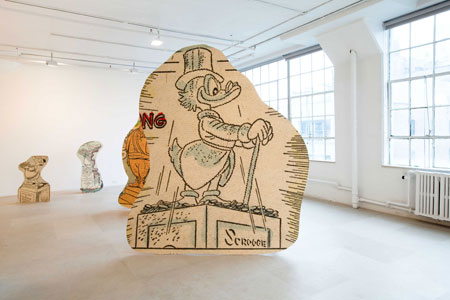
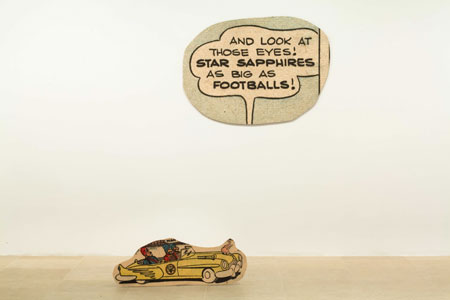
Big Trouble, 2010
17 Pigment prints mounted on wood, dimensions variable and
10 pigment prints with cutouts measuring 28 x 19 ½ inches each
Installation views Allen Ruppersberg: Big Trouble,
Greene Naftali, New York, March 5 - April 3, 2010

Fishing is Fun, 2005
1000 piece two-sided hand-cut wooden jigsaw puzzle in box
Finished puzzle: 19 ½ x 24½ inches
Box: 11 x 13 x 2 inches
Edition of 15

puzzle/front
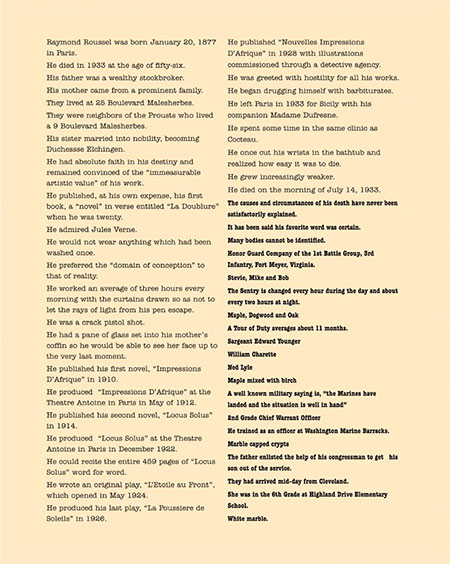
puzzle/back
"In isolation, a puzzle piece means nothing -- just an impossible question, an opaque challenge. But
as soon as you have succeeded, after minutes of trial and error, or after a prodigious half-second
flash of inspiration,
in fitting it into one of its neighbours, the piece disappears, ceases to exist as a piece. The
intense difficulty preceding this link-up -- which the English word puzzle indicates so well -- not
only loses its raison
d'etre, it seems never to have had any reason, so obvious does the solution appear. The two pieces
so miraculously conjoined are henceforth one, which in its turn will be a source of error,
hesitation, dismay, and
expectation."
- Georges Perec, Life a User's Manual
In the preamble to his 1978 novel Life a User's Manual, Georges Perec attempts to explain the
strange nature of jigsaw puzzles, an enterprise of profoundly perfect yet simultaneously futile
solutions.
He does so by way of introducing Percival Bartlebooth, the main character of the story to follow, an
artist who devotes his life to the elaborate creation and destruction of jigsaw puzzles of his own
making.
Perec's musing on this subject might also help to ellulidate the work of Allen Ruppersberg. Since
the early 70s, Ruppersberg been making artworks that in many ways function as puzzles: a collection
of elements
arranged to make up a meaningful whole. In a recent series entitled Honey I Rearranged the
Collection, for example, Ruppersberg rearranges elements of his own works from the 70s into
new configurations.
He accompanies these new works with imagined quotes from a fictional "collector" who explains the
reasoning behind such a new arrangement of the "collection." Ruppersberg's own collection has been a
primary source
of material for his artwork. It is a vast and ever-expanding collection, a wide-ranging archive of
material including pulp fiction, comic books, vanity press publications, industrial and educational
films, posters
and an assortment of ephemera and objects of a certain nostalgia including the original Fishing
is Fun a puzzle from the 50s on which this puzzle and its box are based. One wall of
Ruppersberg's collection,
as it was installed in his former New York studio, is pictured on the cover of the Fishing is
Fun puzzle box and on one side of the puzzle. On the other side of the puzzle are a series
of brief observations
-- a puzzle in text -- describing two individuals who have influenced Ruppersberg as an artist:
Raymond Roussel, and the Unknown Soldier.
In choosing to make a puzzle, Ruppersberg allows the viewer, the puzzler, to take on his role as an
artist. Like the artist, the puzzler must fish about amongst the pieces of Ruppersberg's studio in
order to construct
a work, assembling hidden influences on the reverse while doing so. But, as Perec understands and
describes so well, the role of the puzzle-maker is complicated. "Despite appearances, puzzling is
not a solitary game:
every move the puzzler makes, the puzzle-maker has made before; every piece the puzzler picks up,
and picks up again, and studies and strokes, every combination he tries and tries a second time,
every blunder and every
insight, each hope and each discouragement have all been designed, calculated and decided by the
other." Puzzler or puzzle-maker? It is Ruppersberg's particular genius as an artist to be
both.